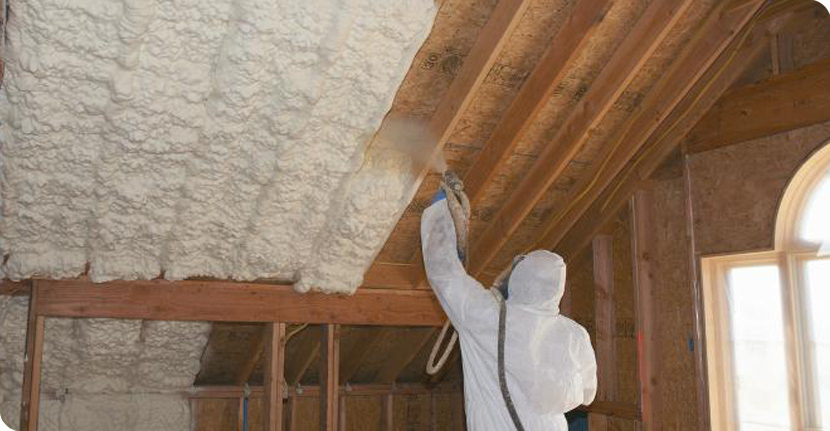Wood Rot- Identification and Elimination
There are two kinds of wood rot which affect wood and timbers; dry and wet wood rot. Dry wood rot is actually the result of the infestation of a living fungus, whereas wet wood rot is simply the natural decay of timber in the presence of high levels of moisture. Of the two, dry rot is far more serious and is usually treated by the removal of all infected timbers as well as the application of chemical fungicide. Wet rot is treated depending on the severity and placement of the rot; sometimes simple reapplications of water-repellent finishes may stop the rot, while on other occasions the entire timber may need to be replaced. In all cases of wet rot, the source of the moisture which causes the rot must be addressed to prevent further issues.
The 5 Conditions That Rot Needs to Occur:
The one major thing that causes rot is fungi, the simplest of all plant life. Microscopic fungus spores are all around us floating on the breeze and landing all over our homes. Wherever they land, if the 4 conditions above are present, then you will have rot and that rot will continue as long as those conditions are present.
Even if you remedy the conditions, the fungus is still present and will resume growth (aka rot) when the conditions are more favorable.
Identifying Dry Rot

Step 1.
In the earliest stages, dry rot will look like off-white, cottony sheets on brickwork and timber. It may have a yellowish tinge where exposed to direct light.
Step 2.
Step 3.
Step 4.
Identifying Wet Rot

Step 1.
Step 2.
Step 3.
Feel the wood in question. Timber affected by wet rot will feel spongy, even despite finishes and paint, and will look darker than timber unaffected by rot.
Ways to Prevent Wood Rot
Keep it painted.
Keeping your house painted is the easiest way to keep the water out. Paint is a great layer of protection to help the surfaces of your house shed water and dirt. Though it may get wet, the paint keeps the water (and fungus) from attacking the underlying wood.
No standing water.
If any part of your house gets standing water after a rain storm, then that area is much more likely to rot. Standing water will find its way into joints and cracks in the paint and seep into the wood giving rise to perfect conditions for rot. Redesign these elements to allow water to shed off of them.
Allow for air.
Good airflow helps everything dry out faster, and the faster things dry, the less chance of rot. Trim back shrubs and trees from your house so that there is a enough room for some airflow between the two. Wet shrubs directly against siding are a major cause of rot on many houses.
If you can keep it dry, you’re leaps and bounds ahead of the rest of us. Yes, the cause of rot is fungus, but if you focus your energies on keeping the exterior surfaces of your house dry you’ll stop it in its tracks. And preventing rot is a lot easier than stopping it once it really gets rolling.
We hope these tips will help prevent wood rot in your home. If you have any questions, comments, or concerns, please feel free to contact us here at Home Remedy.
















